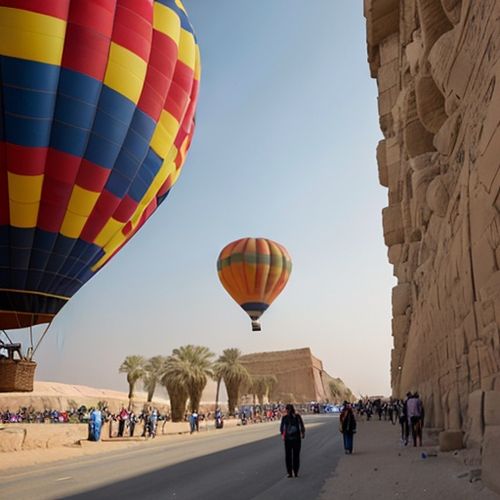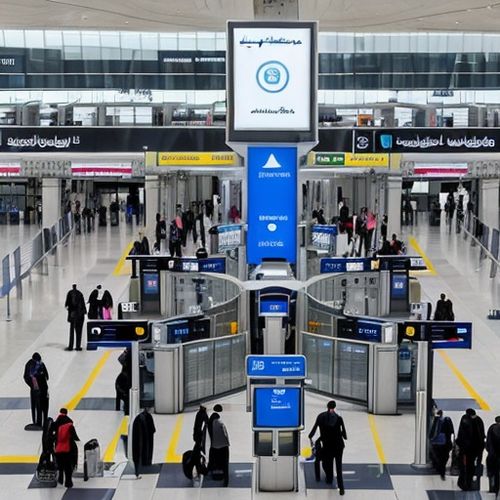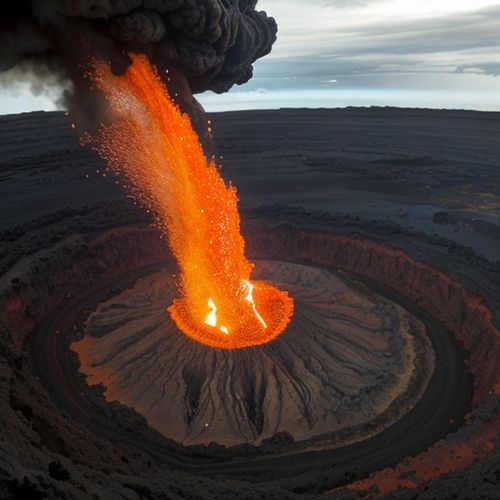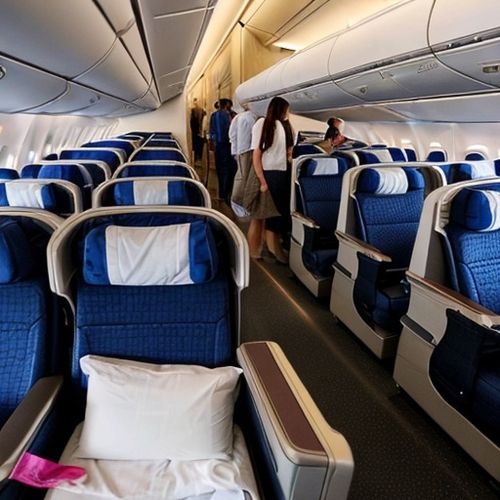In the wake of the tragic hot air balloon accident in Luxor, Egypt, which claimed multiple lives, the Egyptian government and aviation authorities swiftly implemented a series of new safety measures. The incident, which shocked the world, prompted an urgent reassessment of safety protocols for hot air balloon operations, particularly in tourist-heavy regions. The question now is whether these measures have been effective in preventing further accidents and restoring confidence among tourists and operators alike.
The initial response from Egyptian authorities was decisive. Within weeks of the accident, stricter regulations were introduced, including mandatory pre-flight inspections, enhanced pilot training requirements, and limitations on weather conditions suitable for flights. Additionally, the government imposed tighter oversight on tour operators, requiring them to obtain updated certifications and adhere to more rigorous maintenance schedules. These changes were met with cautious optimism by industry experts, who acknowledged the need for reform but questioned the speed and consistency of enforcement.
One of the most significant changes was the introduction of real-time monitoring systems for hot air balloon flights. Authorities now require operators to equip their balloons with GPS tracking and communication devices, allowing ground crews and aviation officials to monitor flights continuously. This technology has been praised for its potential to prevent accidents by enabling quicker responses to emergencies. However, some operators have raised concerns about the cost of implementing these systems, particularly for smaller companies that dominate the local market.
Another critical aspect of the new safety measures is the emphasis on pilot training and certification. In the past, lax standards and inconsistent oversight allowed underqualified pilots to operate commercial flights. The revised regulations mandate more extensive training hours, recurrent testing, and stricter medical evaluations. While these changes are undoubtedly a step in the right direction, reports suggest that enforcement remains uneven, with some operators allegedly cutting corners to save time and money.
Weather-related restrictions have also been tightened, with flights now prohibited under conditions deemed too risky, such as high winds or poor visibility. This has led to fewer cancellations due to sudden weather changes, as operators are required to plan flights more carefully. Tourists have reported feeling safer knowing that their flights are subject to stricter weather criteria, though some have expressed frustration over last-minute cancellations. Despite these inconveniences, the consensus is that safety should always take precedence.
Despite the progress, challenges remain. Some industry insiders argue that while the new regulations are well-intentioned, they fail to address systemic issues such as corruption and inadequate infrastructure. For instance, there have been allegations of bribes being paid to bypass inspections or fast-track certifications. Additionally, the lack of sufficient landing sites and emergency response teams in remote areas continues to pose risks. Without addressing these underlying problems, the effectiveness of the new measures may be limited.
Public perception is another hurdle. The Luxor accident received widespread media coverage, leaving a lasting impact on Egypt's tourism industry. While the new safety measures have been publicized, many potential tourists remain wary. Travel advisories from several countries still highlight the risks associated with hot air balloon rides in Egypt, though some have been updated to reflect the recent improvements. Rebuilding trust will take time, and operators must demonstrate consistent compliance with the new rules to reassure both travelers and international partners.
On the ground, feedback from tourists has been mixed. Some visitors report feeling safer due to the visible changes, such as increased inspections and better-equipped balloons. Others, however, remain skeptical, noting that enforcement seems to vary depending on the operator. A few have even claimed that some companies still use outdated equipment or overload their balloons, though these reports are difficult to verify. The disparity in experiences suggests that while progress has been made, there is still work to be done.
The long-term success of these safety measures will depend on sustained commitment from both the government and the private sector. Regular audits, transparent reporting, and harsh penalties for non-compliance are essential to ensure that the reforms are not just temporary fixes. International collaboration could also play a role, with experts from other countries offering guidance on best practices. For now, the changes represent a positive shift, but only time will tell if they are enough to prevent another tragedy.
In conclusion, the new safety measures introduced after the Luxor hot air balloon accident have brought meaningful improvements to the industry. Enhanced monitoring, better training, and stricter weather regulations have reduced some of the risks associated with these flights. However, challenges such as inconsistent enforcement, corruption, and lingering public distrust highlight the need for ongoing vigilance. The ultimate test will be whether these measures can stand the test of time and ensure that such a devastating accident never happens again.

By John Smith/Apr 11, 2025

By Samuel Cooper/Apr 11, 2025

By George Bailey/Apr 11, 2025

By Thomas Roberts/Apr 11, 2025

By Lily Simpson/Apr 11, 2025

By Jessica Lee/Apr 11, 2025

By Laura Wilson/Apr 11, 2025

By Olivia Reed/Apr 11, 2025

By Noah Bell/Apr 11, 2025

By Christopher Harris/Apr 11, 2025

By Emma Thompson/Apr 11, 2025

By Ryan Martin/Apr 11, 2025

By Grace Cox/Apr 11, 2025

By Sarah Davis/Apr 11, 2025

By James Moore/Apr 11, 2025

By Emma Thompson/Apr 11, 2025

By James Moore/Apr 11, 2025

By Victoria Gonzalez/Apr 11, 2025

By Michael Brown/Apr 11, 2025

By Grace Cox/Apr 11, 2025